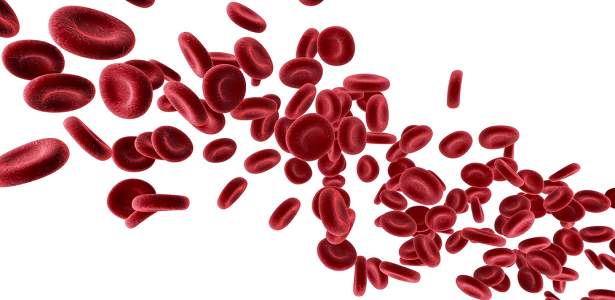This article is shared with permission from our friends at Dr.Axe.
In the U.S., diabetes is full-blown epidemic, and that’s not hyperbole. An estimated 29 million Americans have some form of diabetes, nearly 10 percent of the population, and even more alarming, the average American has a one in three chance of developing diabetes symptoms at some point in his or her lifetime. (1)
The statistics are alarming, and they get even worse. Another 86 million people have prediabetes, with up to 30 percent of them developing type 2 diabetes within five years. And perhaps the most concerning, about a third of people who have diabetes — approximately 8 million adults — are believed to be undiagnosed and unaware.
That’s why it’s so vital to understand and recognize diabetes symptoms. And there’s actually good news. While there’s technically no known “cure” for diabetes — whether it’s type 1, type 2 or gestational diabetes — there’s plenty that can be done to help reverse diabetes naturally, control diabetes symptoms and prevent diabetes complications.
The Most Common Diabetes Symptoms
Diabetes is a metabolic disorder that results from problems controlling the hormone insulin. Diabetes symptoms are a result of higher-than-normal levels of glucose (sugar) in your blood. With type 1 diabetes, symptoms usually develop sooner and at a younger age than with type 2 diabetes. Type 1 diabetes also normally causes more severe symptoms. In fact, because type 2 diabetes signs and symptoms can be minimal in some cases, it sometimes can go diagnosed for a long period of time, causing the problem to worsen and long-term damage to develop.
While it’s still not entirely known how this happens, prolonged exposure to high blood sugar can damage nerve fibers that affect the blood vessels, heart, eyes, limbs and organs. When left untreated, diabetes can cause complications like an increased chance of coronary heart disease, trouble getting pregnant or a risky pregnancy, vision loss, digestive issues, and more.
While at least certain diabetes symptoms usually become obvious after some time, some people with type 2 diabetes have symptoms so mild that they go totally unnoticed. This is especially true among women with gestational diabetes, the type that develops during pregnancy and usually only lasts for a short period of time. Women with gestational diabetes often have no noticeable symptoms at all, which is why it’s important for at-risk women to be tested and monitored in order to prevent complications and ensure a healthy, vibrant pregnancy. (2)
Common symptoms and signs of type 1 diabetes include: (3)
- frequently feeling thirsty and having a dry mouth
- changes in your appetite, usually feeling very hungry, sometimes even if you’ve recently eaten (this can also occur with weakness and trouble concentrating)
- fatigue, feeling always tired despite sleeping and mood swings
- blurred, worsening vision
- slow healing of skin wounds, frequent infections, dryness, cuts and bruises
- unexplained weight changes, especially losing weight despite eating the same amount (this happens due to the body using alternative fuels stored in muscle and fat while releasing glucose in the urine)
- heavy breathing (called Kussmaul respirations)
- potentially a loss of consciousness
- nerve damage that causes tingling sensations or pain and numbness in the limbs, feet and hands (more common among people with type 2 diabetes)

